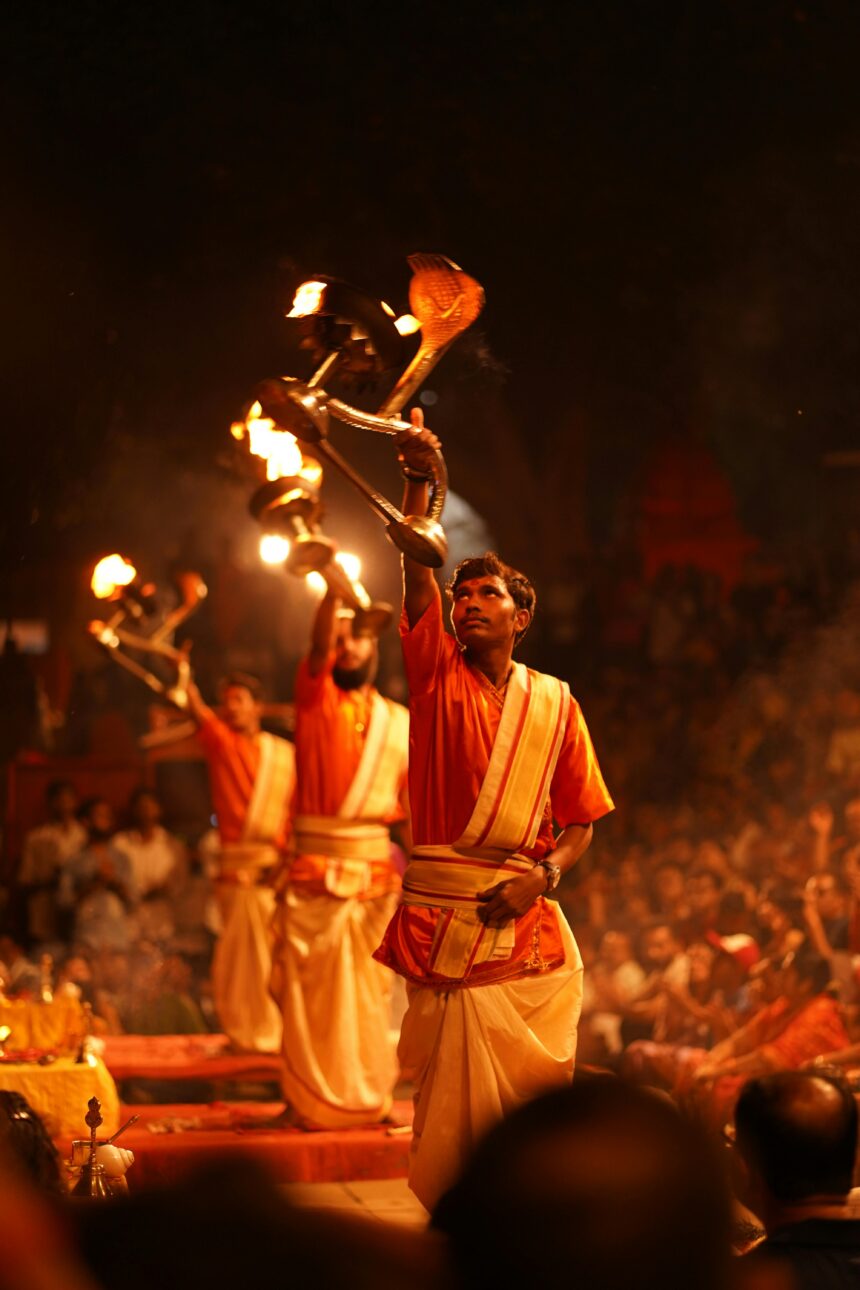A State Balancing Tradition, Modernity, and Identity
Lucknow – Uttar Pradesh, India’s cultural heartland, is at the crossroads of a philosophical tug-of-war as it tries to reconcile its diverse traditions with the demands of modernity. With a population of over 240 million and a history that spans millennia, the state’s cultural fabric is woven from Hindu, Islamic, and colonial influences. Yet, recent developments highlight growing tensions between preserving heritage and adapting to contemporary realities.
From language debates and religious polarization to the challenges of urbanization, the state is grappling with cultural conflicts that reflect deeper philosophical divides. Are these differences indicative of a fractured identity, or do they represent the natural evolution of a society navigating change?
Key Metrics on Uttar Pradesh’s Cultural Landscape
- Religious Composition: Hindus form 80% of the population, followed by Muslims at 19%, with Sikhs, Christians, and Buddhists making up the rest (Census 2011).
- Linguistic Diversity: Over 12 dialects, including Awadhi, Bhojpuri, Braj, and Urdu, are spoken across the state (Language Census, 2011).
- Heritage Sites: Uttar Pradesh is home to over 7,000 protected monuments, including global icons like the Taj Mahal and Varanasi Ghats (ASI Report, 2023).
- Communal Incidents: The state reported 857 communal violence cases in the last decade, reflecting rising tensions (NCRB Data, 2023).
Emerging Cultural Conflicts in Uttar Pradesh
1. Religious Polarization
The rise in identity politics has amplified communal tensions, particularly around sensitive issues such as temple and mosque disputes.
- Example: The redevelopment of Ayodhya and the construction of the Ram Mandir have been hailed as milestones for Hindu culture but have also drawn criticism for marginalizing other communities.
- Impact: While these projects boost tourism and economic activity, they risk deepening social divides.
2. Decline of Linguistic Diversity
Urdu, historically significant in Uttar Pradesh’s cultural identity, is witnessing a decline as Hindi gains dominance in education and governance.
- Policy Push: The promotion of Hindi as a unifying language has marginalized regional dialects and minority languages, particularly Urdu.
- Cultural Loss: Scholars argue that this trend erodes the state’s linguistic heritage, once celebrated for its syncretism.
3. Urbanization vs. Heritage Preservation
Rapid urban development in cities like Lucknow, Varanasi, and Kanpur has sparked debates about prioritizing economic growth over cultural conservation.
- Case in Point: Varanasi’s redevelopment projects have modernized its infrastructure but face criticism for altering the city’s spiritual and historical essence.
Government’s Role in Addressing Cultural Tensions
- Ayodhya Tourism Development Project
- Focused on transforming Ayodhya into a global religious hub, attracting millions of visitors annually.
- Critics argue that the commercialization of sacred spaces undermines their spiritual significance.
- Language Promotion Policies
- Programs to promote Hindi have bolstered its use but inadvertently sidelined Urdu and other regional dialects.
- Heritage Conservation Efforts
- Initiatives like the Taj Mahal Restoration Project and the Varanasi Smart City Mission aim to balance preservation with modernization, though implementation challenges persist.
- Interfaith Initiatives
- Government-led efforts to promote interfaith harmony, such as cultural festivals, are seen as steps toward bridging divides, but their reach remains limited.
Public Response and Grassroots Efforts
- Interfaith Dialogues
- Local organizations in cities like Bareilly and Lucknow are organizing community events to foster unity.
- Revival of Linguistic Heritage
- Literature festivals and regional workshops aim to preserve and promote dialects such as Bhojpuri and Braj, along with Urdu.
- Community-Led Conservation
- NGOs and heritage activists are working to protect historical monuments from the pressures of urbanization and neglect.
Path Forward for Cultural Harmony
1. Inclusive Development Policies
- Ensure that redevelopment projects respect cultural and religious diversity, involving local communities in decision-making processes.
2. Linguistic Preservation Programs
- Support regional languages and Urdu through educational reforms and literary initiatives to protect the state’s linguistic legacy.
3. Strengthening Interfaith Platforms
- Expand government-backed interfaith programs to include grassroots participation and ensure greater societal impact.
4. Balancing Urban Growth with Heritage Conservation
- Prioritize sustainable urban planning that integrates modern infrastructure while safeguarding cultural landmarks.
Conclusion
Uttar Pradesh’s cultural conflicts reflect the complexities of managing a diverse and dynamic state. As traditions and modernity intersect, the challenge lies in fostering an inclusive identity that embraces the state’s pluralistic heritage while adapting to global aspirations.
The road ahead requires thoughtful policy-making, grassroots collaboration, and a renewed commitment to preserving the values that make Uttar Pradesh a microcosm of India’s cultural richness.


Leave a Reply